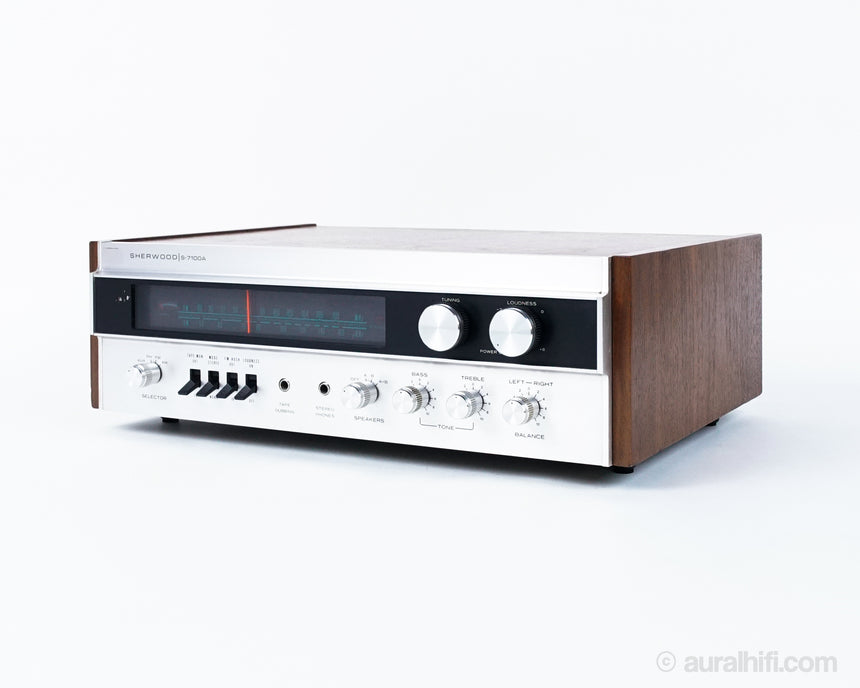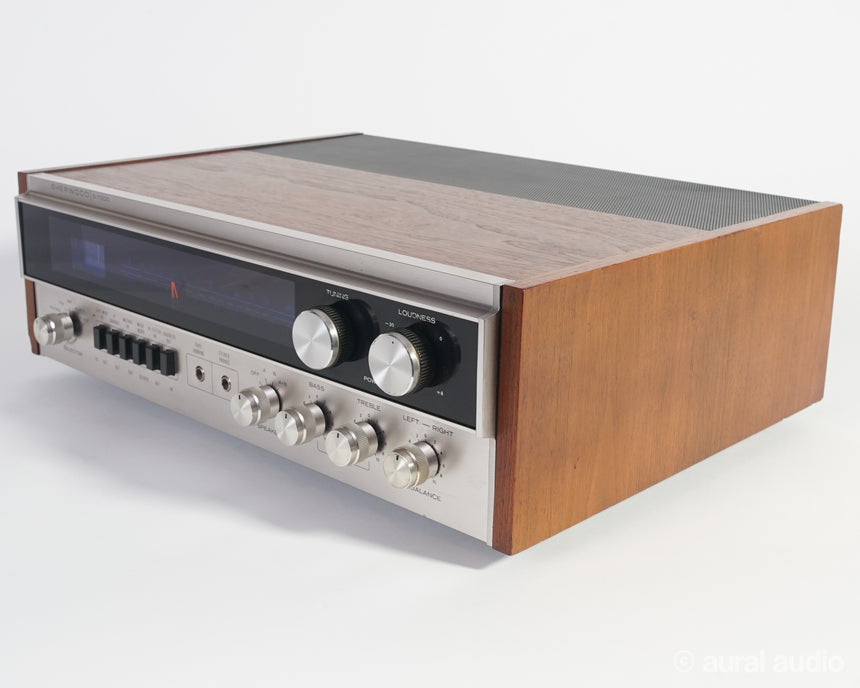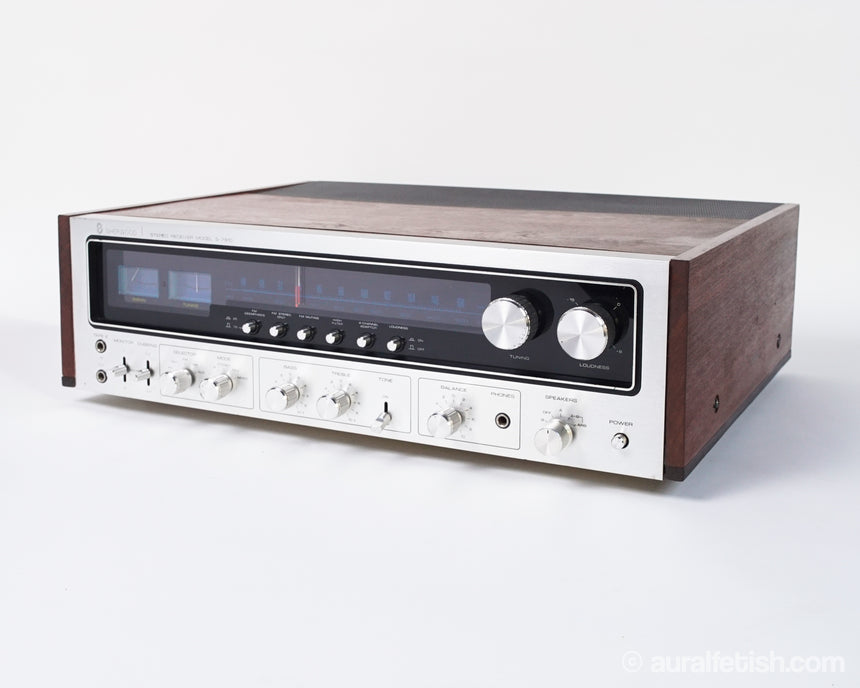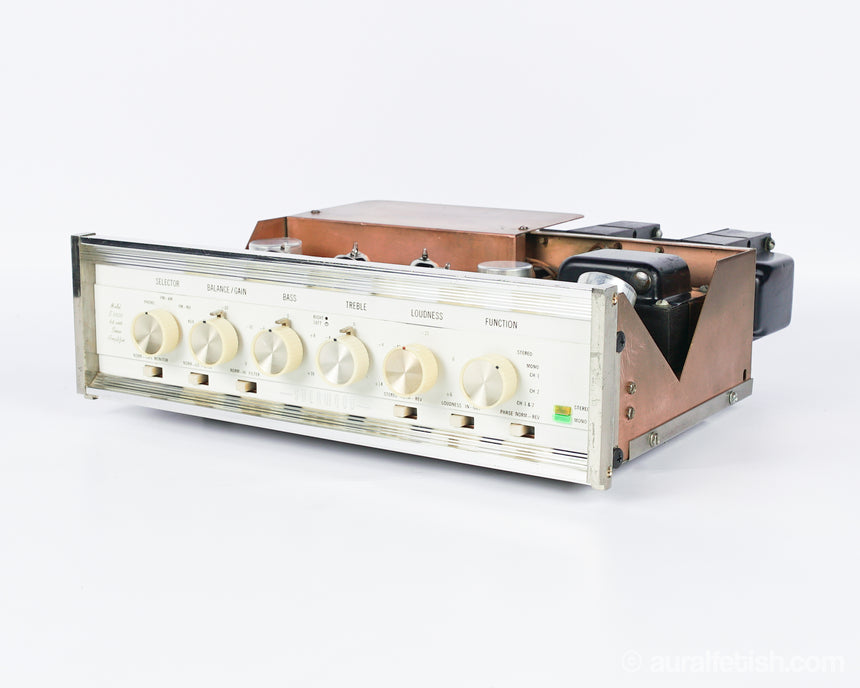THE HISTORY OF SHERWOOD

Sherwood Electronic Labs was founded in Chicago in 1953 to manufacture an amplifier designed by legendary audio engineer Ed Miller. Determined to design high performance audio gear and to manufacture it themselves, Miller and his partner John Snow created a company that has long set the standard for audio excellence and efficient manufacturing.
Sherwood Electronic Laboratories was one of the first true, "High-Fidelity" manufacturers in the United States. When the stereo boom started at the end of the fifties Sherwood was already well established, having won a position as specialists on FM tuners.
The Sherwood products were slimmer then their competitors Fisher and Scott, and had beautiful enamel fronts and knobs where the others had square, stark metal fronts. Their main product lines were tuners, integrated amplifiers and receivers. Speakers were also marketed under the Sherwood name.
When the transistor era set in Sherwood - like most of their competitors, gradually moved the production to the Far East, soon losing control of their company. As also happened to Fisher, Scott and Marantz.
Sherwood was big in multi-channeling. Many of their units had SQ quad-circuitry or separated decoders and also provisions for feeding a designated center channel amplifier or a mono center channel speaker. Of the "big three" (Sherwood, Fisher and Scott), it was Sherwood that first went back to specifying down-to-earth power ratings - continuous full-range power in 8 ohms.
Throughout the evolution of advanced audio electronics, Sherwood's contributions have been invaluable. The world's first commercial FM stereo broadcast employed Sherwood technology. Sherwood was the first to introduce digital readout tuners and computer-controlled tuners. And, most significantly, the industry's first 100% all-silicon solid-state audio receiver came from Sherwood.






